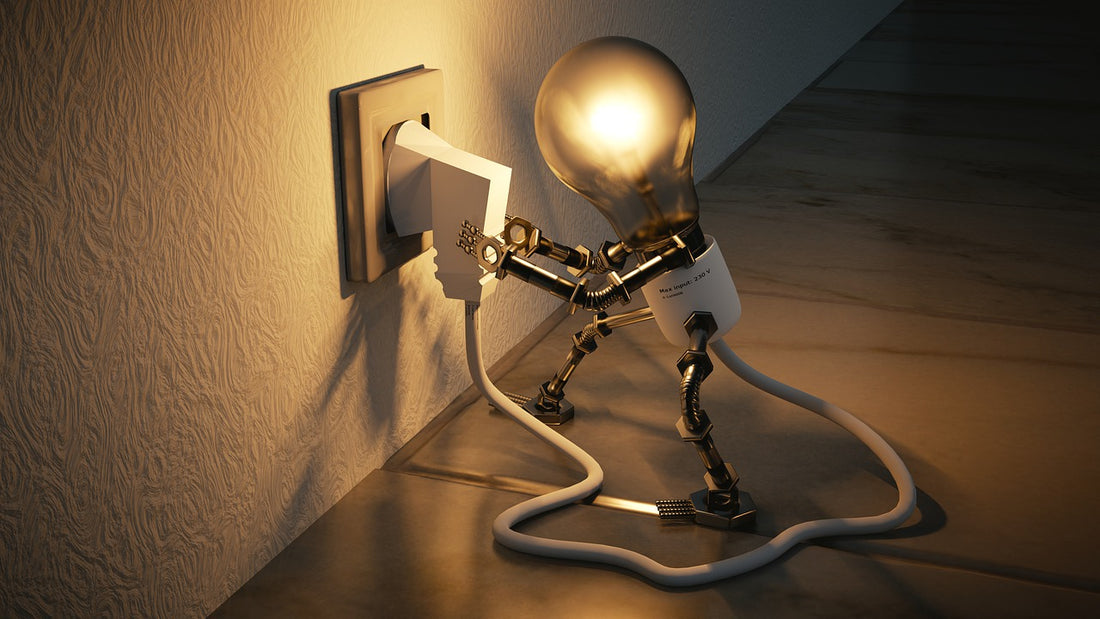Power to the speaker
by Paul McGowan
We'll wrap up our series on amplifiers today then move on to something else tomorrow.
In yesterday's post, I again pointed out the importance of the power amplifier's input voltage gain stage. That all-important amplifier takes the small voltage from a preamp and raises it thirty times higher. It is the linchpin of the amplifier. A great voltage amplifier means a potentially great power amplifier. But, we've one thing missing and it is embedded in the name of the device we're explaining. Power.
The power to drive a loudspeaker comes from the second half of a power amplifier, the output stage. Output stages typically haven't any voltage gain: what goes in comes out without any size difference. If we input 10 volts we output 10 volts. What's different is current gain. Our output stage is a big buffer amplifier. Its valves, whether solid state or vacuum tube, connect directly to the amplifier's big and powerful supply. The voltage from the input stage turns on and off those valves to allow big gulps of amperage to flow through the output devices and into the loudspeaker.
The easiest way to picture the two stages of the power amplifier is to think of the two components necessary to make watts: volts and amps. In fact, the formula for calculating wattage is simply amps x volts = watts. 10 volts x 10 amps = 100 watts. So, our first stage makes the volts while our second stage uses those volts to turn up or down its valves releasing amps into the speaker. Then, we get music.
The valves in the output stage vary from BJT (bipolar transistors) to MOSFETS to vacuum tubes. These choices are up to each designer but they all work essentially the same way: as current valves. And, of course, you're familiar with the types of power amplifiers: class A, Class AB, Class B. These different biasing schemes revolve around the output stage and simply determine how many amps (watts) are flowing through the output stage when there's no music playing. Think of this like you would a flow of water. To have a smooth up and down flow of water, we'd like a steady stream that varies from high to low but never shuts completely off.
The output stage is, of course, important to performance and sound quality. However, in the end, most of what we've come to think of as sound quality differences in amplifiers result in decisions made by designers to the input stage of a power amp.
- Choosing a selection results in a full page refresh.
- Opens in a new window.








